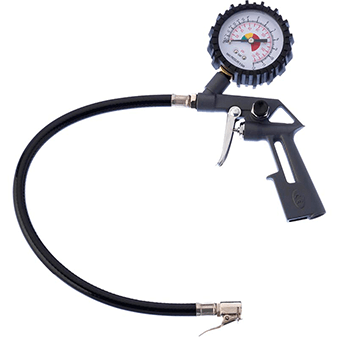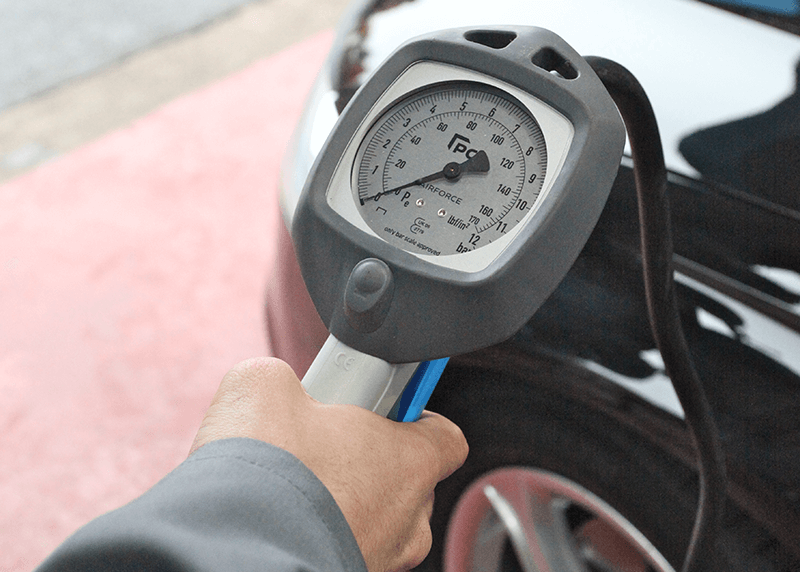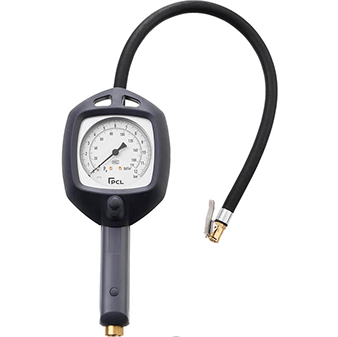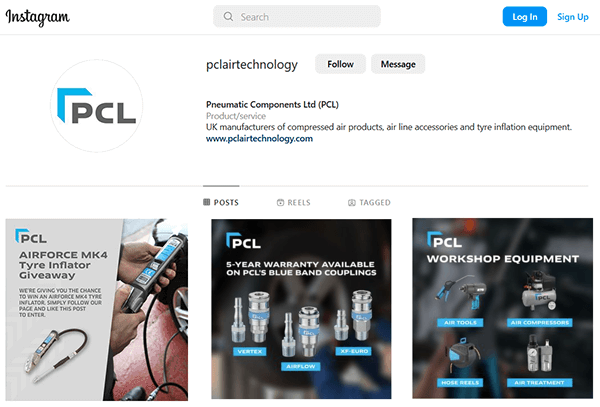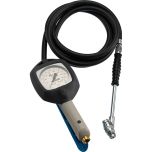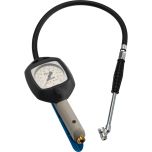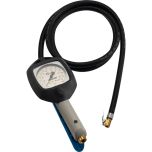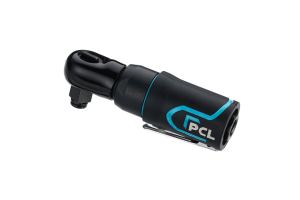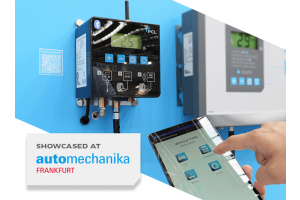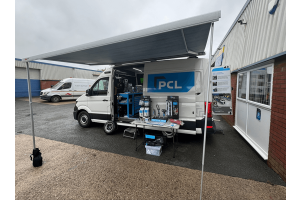The evolution of PCL’s Dial Handheld Tyre Inflators
PCL has been designing and manufacturing handheld tyre inflators since the first Vertex Linear Tyre Inflator (MK2) in 1945. PCL continued to develop their range of tyre inflation equipment and today the range features linear and dial analogue gauges, as well as digital.
On the 60 year anniversary of PCL’s first handheld dial tyre inflator, we explore the evolution of our dial anaologue gauges.
1960s
Following the successful launch of PCL’s Comparator Dial hand control which was first patented in the 1950s and used in conjunction with a wide range of wall meters include the Presetair, PCL introduced its first dial air line gauge in its 1963 catalogue.
In similar style to the hand control, the new PCL Air Line Gauge Model 250 provided an easy-to-read calibrated face with a needle which moved to point to the pressure level within the tyre being inflated.

PCL's Air Line Gauge Model 250
1990s
In 1993, a new dial-type, handheld air line gauge was introduced, specially designed for the European market. The “Premium” ALG7 was a fully EC approved gauge and was constructed in a light weight, die cast aluminium with an impact absorbing rubber bumper.
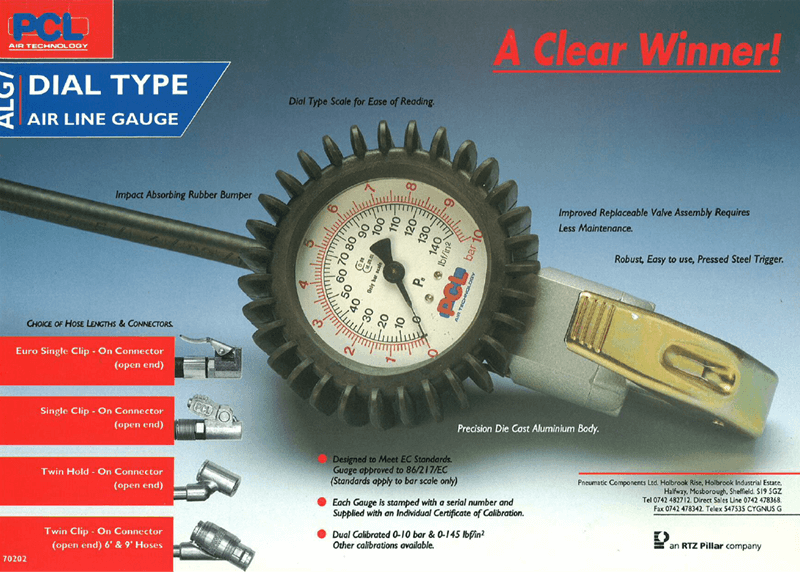
PCL's ALG7 Tyre Inflator
2000s
During the 2000s, PCL introduced economy versions of the dial gauges; the LTG01 and ADTG4. This new “good" economy range was suitable for general low volume tyre inflation applications that did not require an EC-approved gauge.
While the premium ALG7 range was suited to applications requiring a fully EC-approved and is tested for all environments including the most demanding and where accuracy is key.
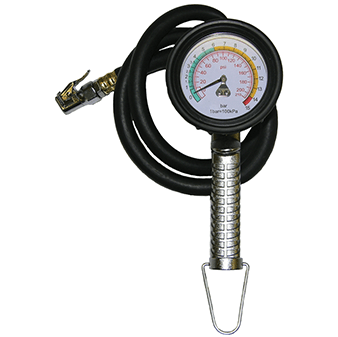 ADTG4 |
In 2006, the premium Airforce I Tyre Inflator (AFG1) was launched. With a more modern, light weight design than the ALG7, the AFG1 AIRFORCE Tyre Inflator featured a direct valve design increasing inflation and deflation rates and proven Bourdon Tube with beryllium copper construction for robustness and high shock resistance.
2010s
Less than 10 years later, the Airforce was upgraded to the Airforce II when it was approved for the new European standards (BS EN 12645:2014).
The latest generation premium mechanical air line gauge for dependable high performance tyre inflation in tyreshops, garages and transport depots, and has even been spotted in use at Ducati.
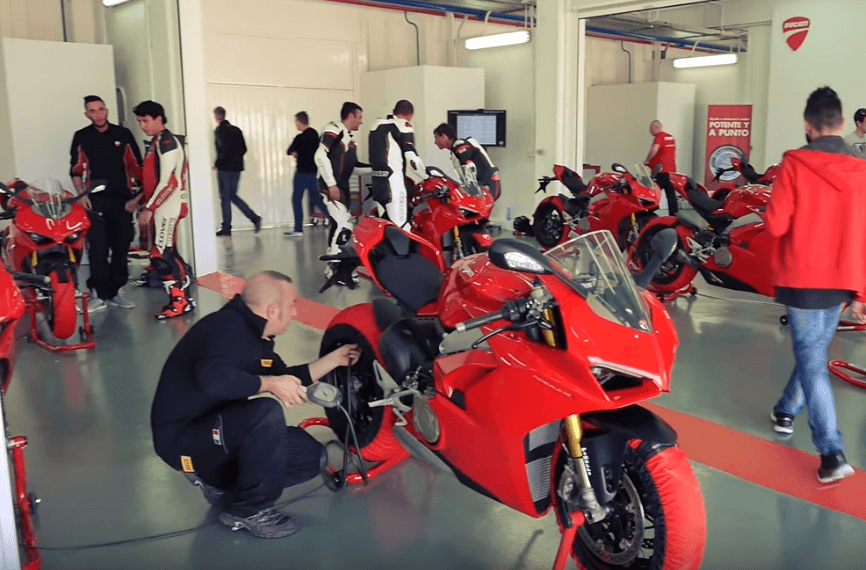
Check out the Airforce Tyre Inflator (at the 57 second mark) being used by the team at Ducati
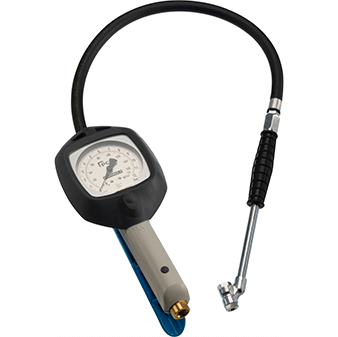 |
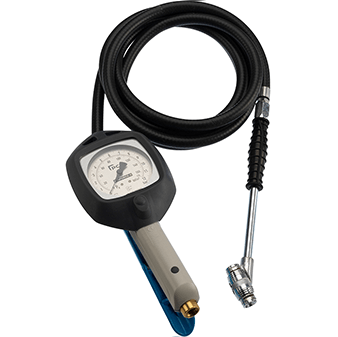 |
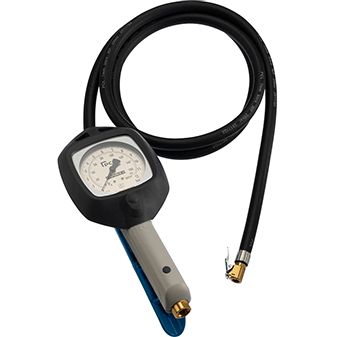 |
In 2019, the latest addition to PCL’s mechanical inflator range, the ATI Tyre Inflator was launched, offering good, accurate all-round performance for use on cars and trucks.
The ATI is more than a step up from budget “good” dial inflators, outperforming equivalent mid-range non-EC-approved dial gauges on the market.
This mid-range product is capable of higher performance than its economy option and is a simple alternative to the top-of-the-range AirForce II, which is more suited to intensive, professional tyre shop and automotive applications, or where an EC-approved solution is mandatory.
2020s
Following the EU’s decision to rule against a unified directive for tyre inflation, from 2020, manufacturers have to apply for national standards within the EU. In 2022, PCL became the first and only manufacturer of tyre inflation equipment to obtain Spanish CEM (Centro Español de Metrologia) approvals for its full portfolio and operations, therefore customers purchasing the Airforce II in Spain can be assured they are buying the best brand for tyre inflation available.
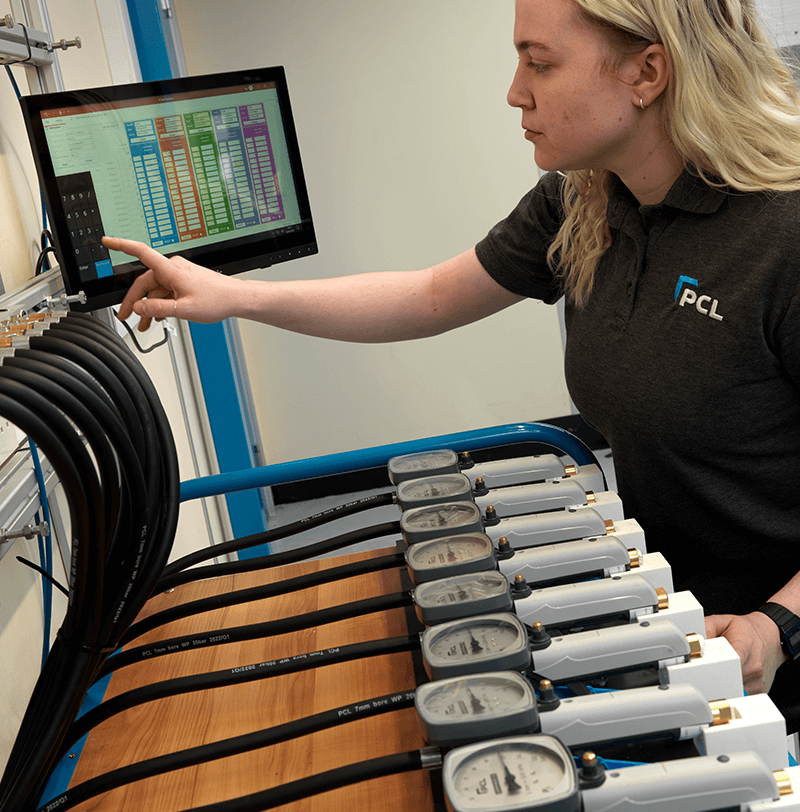
PCL’s state of the art factory and testing facility in Sheffield has been approved to verify its mechanical gauges
Have you spotted any PCL Handheld Tyre Inflators on your travels? Or do you have own a PCL product? Old or new we’d love to see it! Tag us on Instagram @pclairtechnology.




